How do Sansevieria grow? Question to experienced growers.
NextObsession?
7 years ago
Featured Answer
Sort by:Oldest
Comments (12)
hellkitchenguy Manuel
7 years agoRelated Discussions
need help from experienced cantaloupe/ watermelon growers?
Comments (2)Melons like loose sandy soil and lots of room, and full sun. I till my patch every year and add whatever a soil analysis says that it needs. I direct seed around the 1st of May, and when the plants start to run, I give them a high nitrogen fertilizer, and feed them nothing else. Since i have limited space, I plant mine fairly close(4ft. centers), and keep the plants well watered, if there is no rain. I don't remove any flowers at all, nor do I prune the plants or remove any fruit. I leave them alone. Don't worry about the wasps, because they help with pollination. I don't hand pollinate. You should have ample, bumble bees, honey bees, and wasps to do the job for you. The ones that you've lost because they turned brown and mushy, were lost because they were poorly pollinated, and are naturally aborted by the plant. Once the melons have started to develop, and nature does not provide any rain, I water the plants at the base in the morning only. Watering melons in the afternoon will tend to cause them to split in the field. I also limit my selection of melons to ones that I personally like to eat and I know will grow well for me. I find that variety selection is one of the most important factors as to how successful you will be....See MoreNeed advice from Experienced growers
Comments (21)Karl, I agree with you about Serendipity - it truly is always in bloom throughout the growing season. (My Les Sjulin rests a little more between blooms, but it gets some shade, which explains that). Like you, I got my Bucks from Great Lakes Roses and haven't had a virus problem. Most of my Buck roses in my zone 5 garden are grown in the lower garden, where cold and frost settles and winds howl all winter. Other 'tough Bucks'' for me are Prairie Sunrise, Quietness, Malegaena, Paloma Blanca, Golden Unicorn, Carefree Beauty, Folksinger, Joseph Lamb, & Prairie Song. Some of them have to be severely pruned in the spring but they always come back nicely. I have had some Bucks struggle, but I'm never sure if it's the actual rose, or the rooted cutting of that rose that is weak, or perhaps where it was planted. Ownroots do take longer to get established, and are more vulnerable to problems when young....See MoreNeed experienced cranberry growers....have a few questions
Comments (2)Okay, so this may be off the subject, but I have a cranberry question. Do all cranberries need to be bog grown?? About 1 or 2 years ago I bought a rooted plant off a shopping channel that advertised "no bog needed". It's presently in a pot and has grown about 2-3 inches, but I don't know where to plant it. Living in Michigan, just don't know follow-up. Yes, I've lost the instructions, don't have the exact name of it, and do not presently have a picture to show. It does have long spines (vine-like), had a few small berries last year, and leaves are needle-like and tiny. Any guess so far???...See MoreOT - do you grow Sansevieria?
Comments (6)The plant I got my cutting from looked more like the ones in the photo. Not so fan like but very robust and upright. I think it is just a case of the leaf cuttings taking a long time to reach this mature stage vs a division with a piece of rhizome. I do like the look of the fan shaped plants as well but they do take up quite a lot of space when you have a large pot full. I think the large leaf your plant was growing may have been the beginning of the more mature growth form. My plant has done this as well but it's usually they leaves that stick out to the side that get removed. I always seem to break one when I move it indoors and I root these for the raffle table at orchid Society meetings. The mother plant looks like huge thick pencils sticking straight up out of the soil. Quite unlike my plant but very architectural. I have since seen mature offsets for sale but figured I would just stick it out with my plant. I may divide and repot the largest growth to see if that speeds up the growth. I give my plant very bright light and in the winter it gets almost no water and cool shady conditions. I do this more out of necessity due to space restrictions than anything else. Mike Here is a link that might be useful: Sansevieria cylindrica...See MoreTiffany, purpleinopp Z8b Opp, AL
7 years agoStush2049 Pitts. PA, zone 6
7 years agoMiss Linguist
7 years agolmontestella
7 years agoMiss Linguist
7 years agoStush2049 Pitts. PA, zone 6
7 years agolast modified: 7 years agoMiss Linguist
7 years agoStush2049 Pitts. PA, zone 6
7 years ago
Related Stories
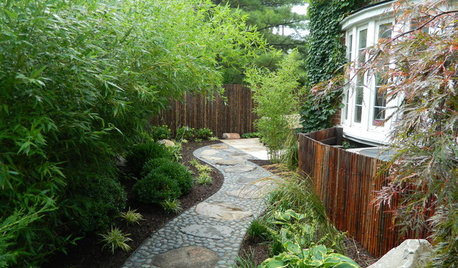
GARDENING AND LANDSCAPINGGrow a Lush Privacy Screen
No need to wait forever for patio privacy the green way. These 10 ideas will get your screening up and running in no time
Full Story
HOUSEPLANTS10 Top Plants to Grow Indoors
Brighten a room and clean the air with a houseplant that cascades artfully, stretches toward the ceiling or looks great on a wall
Full Story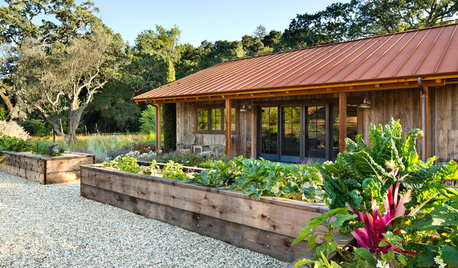
EDIBLE GARDENSHow to Grow Your Own Sweet Summer Crops
This guide will help any gardener get started on growing the freshest warm-season veggies and berries for summer
Full Story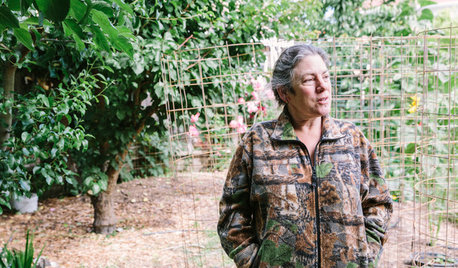
FARM YOUR YARDTo Get the Food They Believe In, These Urbanites Grow Their Own
Home gardeners farming on their city lots find that local, organic food isn’t the only reward
Full Story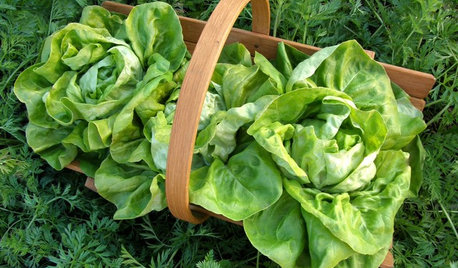
GARDENING GUIDES10 Easy Edibles for First-Time Gardeners
Focus on these beginner-friendly vegetables, herbs, beans and salad greens to start a home farm with little fuss
Full Story
HOUSEPLANTSOne Pot, One Big Shot of the Tropics
Give your rooms exotic flair in a single stroke. Tall Kentia palm fits the tropical bill beautifully
Full Story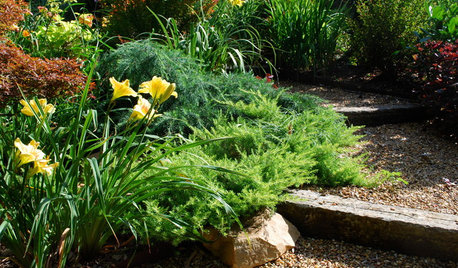
GARDENING GUIDESGreat Design Plant: Cedrus Deodara ‘Feelin’ Blue’
The smallest of the cedars softens a hardscape while bringing structure and texture to the garden
Full Story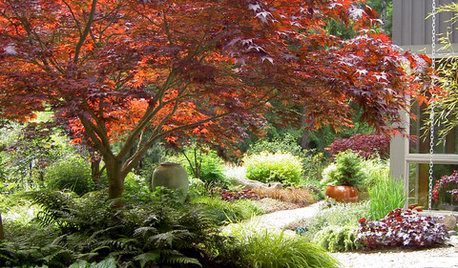
TREES11 Japanese Maples for Breathtaking Color and Form
With such a wide range to choose from, there’s a beautiful Japanese maple to suit almost any setting
Full Story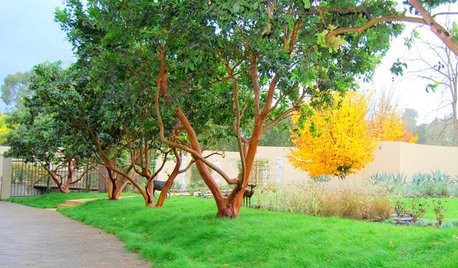
GARDENING GUIDESGarden Myths to Debunk as You Dig This Fall and Rest Over Winter
Termites hate wood mulch, don’t amend soil for trees, avoid gravel in planters — and more nuggets of garden wisdom
Full Story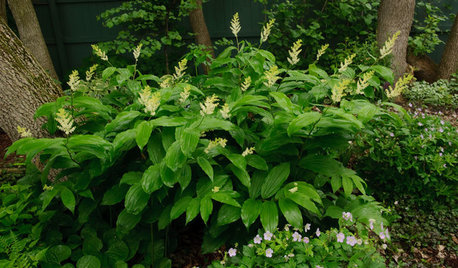
GARDENING GUIDESGarden-Friendly Native Alternatives to Overplanted Exotics
There are lots of gorgeous, wildlife-friendly native plants ready to make an appearance in your garden
Full Story



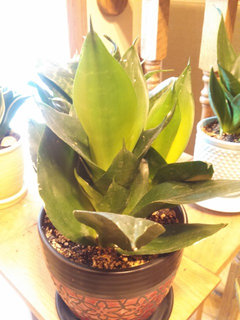
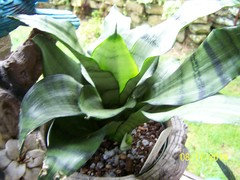


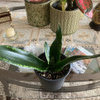


Stush2049 Pitts. PA, zone 6